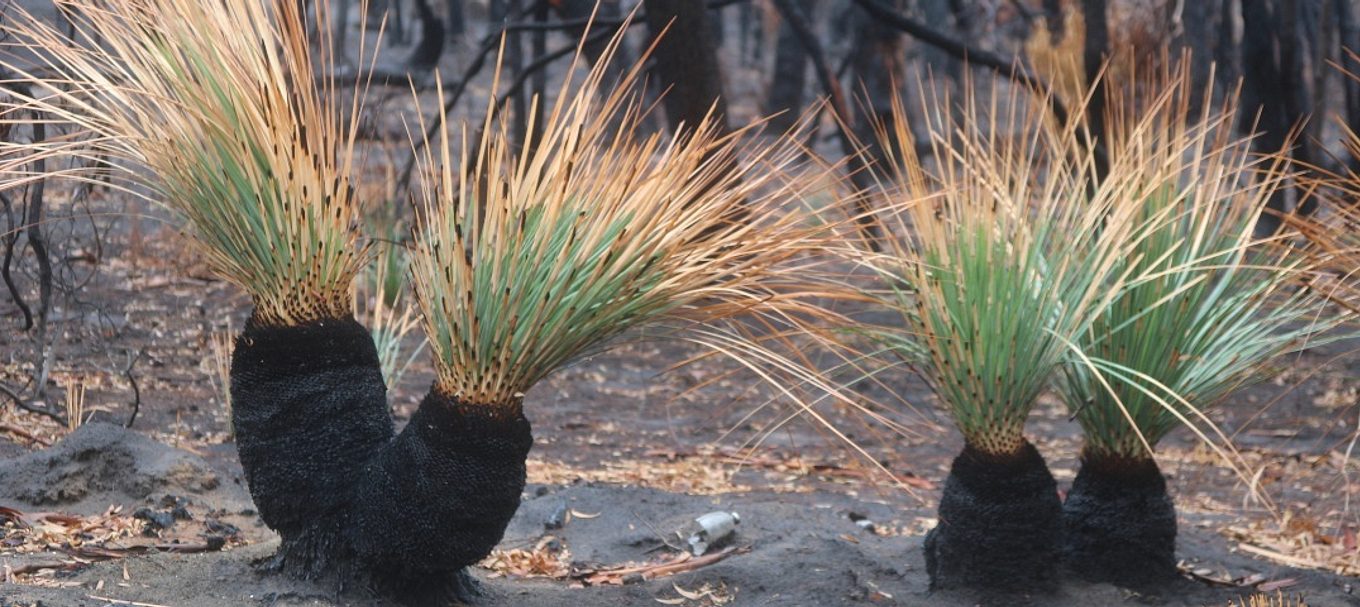
How bushfires play an important role in biodiversity
The recent bushfires that devastated much of Kangaroo Island, the Adelaide Hills and many other parts of South Australia have certainly reinforced the fact that fire is a part of Australia’s landscape.
Bushfires have played an integral part in shaping the ecology of the Australian landscape for millions of years. Warm springs, hot summers, dry vegetation, strong winds and low humidity create the ideal conditions for fire, with lightning the primary trigger.
Bushfire and ecology
Fire plays an important role in environmental ecology, and is needed to trigger natural processes, such as stimulating seed germination and bringing benefits to biodiversity.
For example, when a fire burns through bushland, it clears thick undergrowth and opens up the canopy so sunlight can reach the forest floor, encouraging the germination and regrowth of native vegetation.
Fires can also free these plants from competition with invasive weeds and eliminate disease or droves of insects that may have been causing damage to the old growth.
Research shows bushfires help provide nutrients that native vegetation specifically needs to rejuvenate and seed.
And in many cases, certain plant species that have gone dormant can be rejuvenated following a fire event.
The remnants of burnt trees, with hollowed out logs, can also offer attractive habitats for birds and mammals seeking shelter and nesting.
Burnt trees that are still standing can be havens for insects that feed birds and small mammals. These trees help protect recovering vegetation and stabilise soils against erosion. Fallen burnt trees provide new homes for smaller animals, especially reptiles.
For native animals, those that have survived will in most cases return to the burnt area once the plants grow back.
With kangaroos, for instance, their natural response to a slow-moving fire is to move to another area for safety and food, however once native vegetation has regenerated, they will generally return to the area where there are tasty grasses growing.
The recovery process will take time but Mother Nature is already showing her power.
Recovery in action
Both Charleston and Porter Scrub conservation parks in the Adelaide Hills were completely burnt during the December fires, leaving trunks charred and the ground black and bare.
But after just six weeks, these parks were already revealing new shoots and bursting from the ground as the process of bush recovery begins. Among the first to sprout was the yacca or grass tree, whose spiny leaves can grow centimetres in a single day.
Other quick responders have been stringy bark trees, their trunks studded with bright green new growth.
And while many pink gums were seemingly killed by the fire, tufts of young shiny leaves are emerging from underground stems at the base of the trees.
Thanks to the epicormic buds stored either deep within the trunks of trees or at the base of plants, there are many fire-adapted plants that can re-sprout rapidly, and the Christmas bush and Guinea-flower, native grasses, sedges and our state emblem, the golden wattle, are making a reappearance in the form of tiny emerald-green patches.
All this leafy regeneration attracts insects and the birds that follow them. On blackened branches come the calls of the Grey fantail, Scarlet robin, Fairy wren, Grey shrike thrush, Buff-rumped thornbill and Tree creeper – species which still call the blackened forest home.
Learn more about the work underway by the Department for Environment and Water to recover from SA’s recent bushfires by checkingEnvironment SA News.





